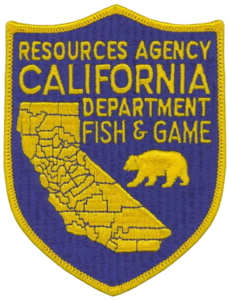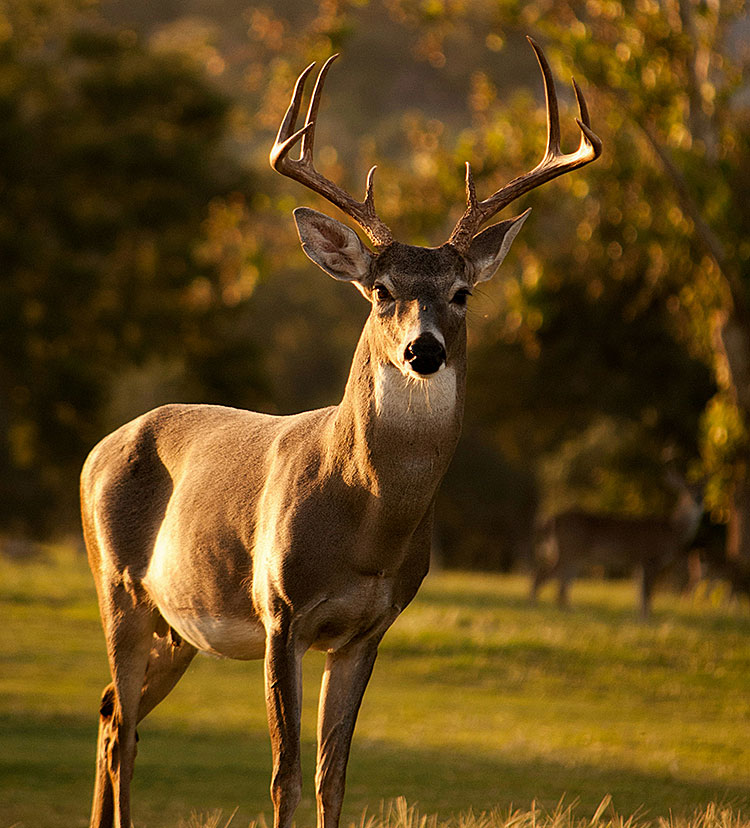On May 7, the California Department of Fish and Wildlife reported that deadly chronic wasting disease, which has no treatment or cure, has been detected for the first time in California’s deer and elk.
 The agency has been monitoring California elk and deer populations for chronic wasting disease through lymph node sampling and testing since 2000, testing over 6,500 deer and elk, and since 2018 has been working to increase surveillance with the help of hunters, taxidermists and meat processors.
The agency has been monitoring California elk and deer populations for chronic wasting disease through lymph node sampling and testing since 2000, testing over 6,500 deer and elk, and since 2018 has been working to increase surveillance with the help of hunters, taxidermists and meat processors.
On May 6, confirmation of the disease came from samples collected from two deer, one in Madera County near Yosemite Lakes and the other in Inyo County near Bishop. The deer in Madera County was found dead due to unknown causes and the Inyo County deer was found dead after a vehicle collision.
The fatal neurologic disease has been detected in free-ranging deer, elk, moose and reindeer from 34 states, and five Canadian provinces as well as Scandinavia. For a map, see https://www.cdc.gov/chronic-wasting/data-research/index.html
After the discovery, the state Fish & Game Commission bolstered disease testing requirements to meet with current U.S. Department of Agriculture standards.
A similar animal disease, “bovine spongiform encephalopathy,” or mad cow disease has been identified in cattle and linked to human fatalities by eating infected beef.
Both are prion diseases, which means normal prion proteins found on the surface of many cells become abnormal and clump in the brain, causing brain damage.
The World Health Organization and the U.S. Centers for Disease Control and Prevention recommend keeping the agents of all known prion diseases from entering the human food chain.
Signs of chronic wasting disease include weight loss, clumsy movements and lack of coordination, listlessness, drooling, excessive thirst or urination and behavioral changes. Once these symptoms develop, death occurs quickly.
The incubation period can be months to years.
“CWD infected animals can excrete infectious prions before clinical signs appear and these prions can persist in the environment for years, making it very difficult to prevent or control the spread once it has been introduced,” says, Dr. Brandon Munk, CDFW’s wildlife veterinarian who oversees surveillance and response efforts. “The public can help limit the spread of CWD by reporting any signs of illness in deer and elk populations, and hunters should strongly consider testing their harvested deer or elk.”
CDFW provides surveillance, response, long-term management plans and public outreach and education through their “No Time to Waste” campaign. Hunters can assist by voluntarily participating in the state’s surveillance and sampling and encouraging other hunters to participate.
To report a sick deer or elk: Wildlife Mortality Reporting
To learn more and find out how to get your deer/elk harvest tested: Chronic Wasting Disease
•••
For a map, see www.cdc.gov/chronic-wasting/data-research/index.html



